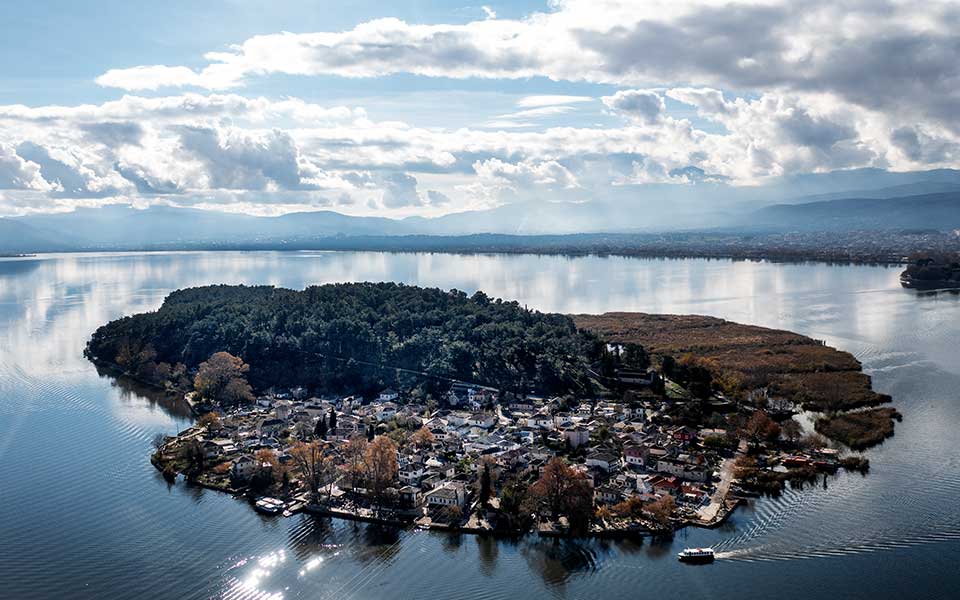Whether your circumstances make you feel isolated, privileged, tough or not, everything in life has two sides. It depends on whether you choose to put a positive or negative spin on things. For 12-year-old Maximos Tsitonis, there are no positives or negatives. Every morning, he wakes up and boards the small boat with seven other children. Five minutes later, he arrives in Ioannina, where he goes to school: a sweet routine. He doesn’t care if he leaves or stays on the island. If he misses the boat, no problem. He simply borrows his father’s boat and crosses the lake by himself. On the island, children are raised in the water.
At the same time, Kostas Lappas, president of the fishermen’s cooperative, the oldest in Greece, boards his caique and heads towards Ntrampatova through the thick morning fog that covers Pamvotida Lake. Every morning, he sets out to catch carp, primarily common and crucian carp, which he will then sell to the merchant on the other side of the lake for €1-2.50 euros per kilo. Most of his catch, like that of all fishermen who fish the Pamvotida, will be exported to Romania.
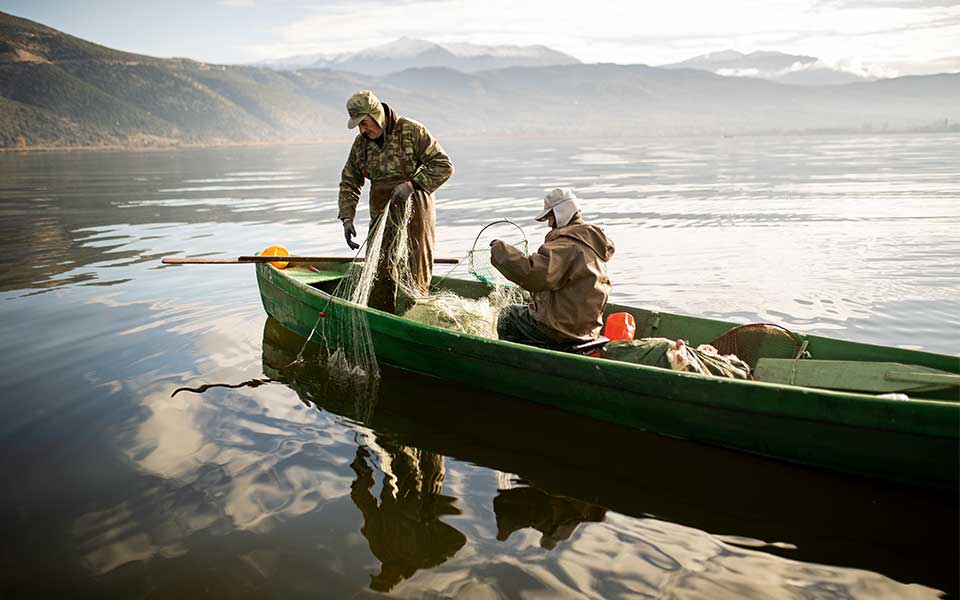
© Dimitris Tosidis
“Pamvotida means ‘she who feeds everyone’. It has saved the people of Ioannina time and time again, from the Occupation, when locals traded their fish for wheat and other raw materials, to the recent economic crisis and pandemic. We all own boats and know how to fish. That’s how we survive when times are hard”, says Aris Lioumpos, the community’s president. Today, 150 people (fishermen, boatmen, retirees, and people who work in the tourism sector) live on “The Island”, as it is known – one of the few inhabited lake islands in the world (in Greece, the island of Aghios Achillios in Prespa is also inhabited).
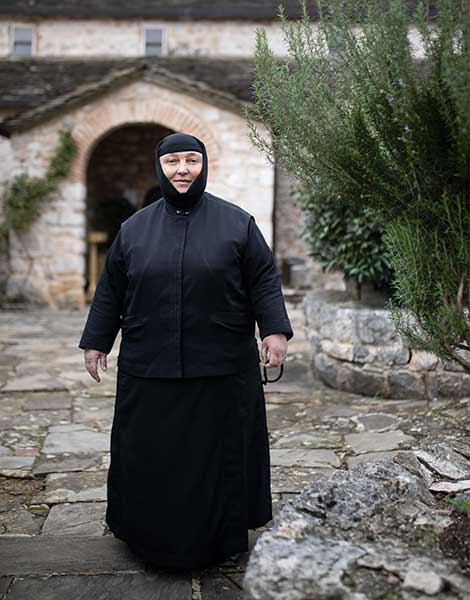
© Dimitris Tosidis
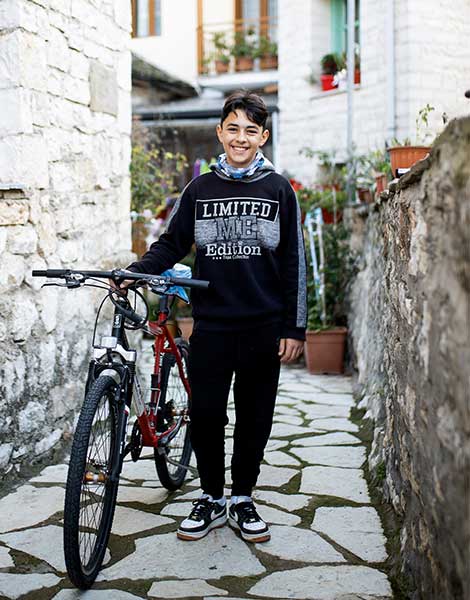
© Dimitris Tosidis
Every family has a boat, and the ferry boats to and from Ioannina run every 30 minutes to an hour from 08:00 to 21:00, depending on the season. The 50 boatmen who operate the 13 ferries are unionized and have established a system that allows everyone to work without competing with one another. The boat ride takes about 10 minutes, and the routes are marked with buoys to indicate which way to go on foggy days. The mainland coast, Drambatova, is 180 meters away on the far side of the island; locals who park their cars on the mainland come and go from here, and that is also where the platform for refueling vehicles is located.
When the winds are strong in the winter, the boats remain docked, but the lake no longer freezes over. Everyone on the island tells the story of a visitor to the pasha in Ioannina who thought he was crossing a plain when, in fact, he was riding his horse across the frozen lake. “So and so drowned” is a phrase you will often hear used to the delight of everyone present. That’s what the locals say when someone falls off their boat into the lake, and they assure us that everyone has “drowned” at least once in their lives.
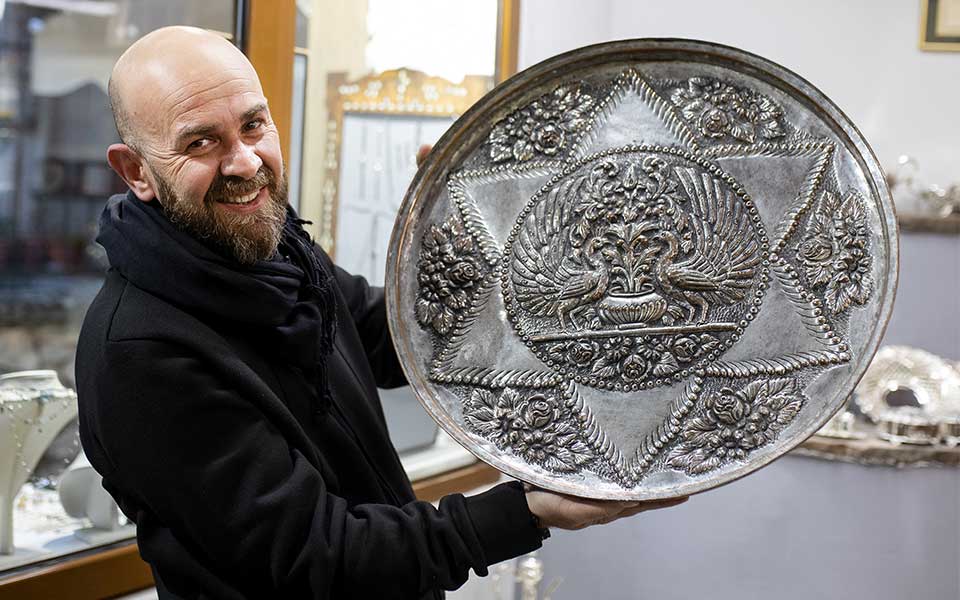
© Dimitris Tosidis
Tourism
The 220 hectare island is covered in pines. It is thought to have been first settled in the 18th century by Maniots, who were prisoners of Aslan Pasha. However, the truth is that the first inhabitants were monks. During the Byzantine and post-Byzantine eras, seven monasteries were established there, forming Greece’s third monastic community alongside Mount Athos and Meteora. The Monastery of Aghios Nikolaos (also known as Stratigopoulou Monastery or Diliou Monastery) and the Nunnery of Aghios Nikolaos of Philanthropenoi are the most important monasteries that are also open to the public.
The monasteries were named after the Byzantine aristocratic families who founded them after fleeing to the Despotate of Epirus following the Fall of Constantinople in 1204. These monasteries are significant architecturally and artistically, as their frescoes, which include a rare depiction of ancient philosophers, are magnificent examples of artistry and beauty. Historically, as monasteries and schools, they contributed to the reputation of Ioannina as a city of the arts and sciences. Today the Eleousa monastery is home to a community of three monks, while the Philanthropines is inhabited by two nuns.
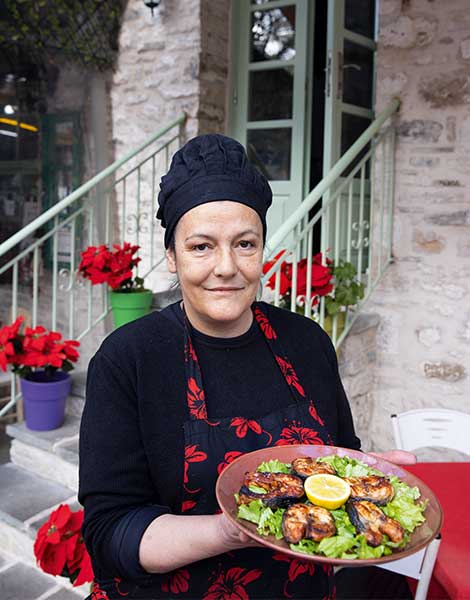
© Dimitris Tosidis
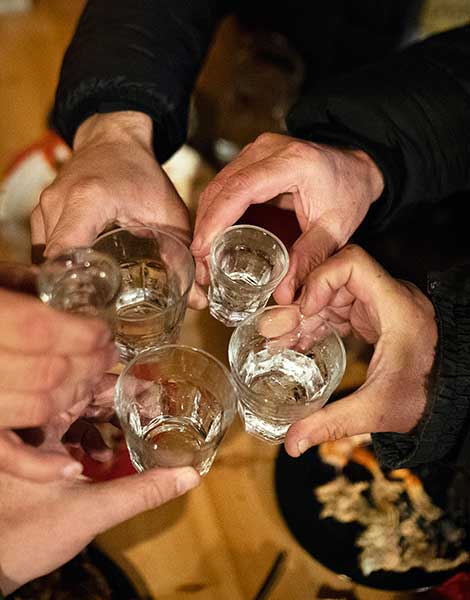
© Dimitris Tosidis
“The island’s monasteries are truly unique and deserve more attention. Unfortunately, very few people visit them nowadays,” says Fotis Rapakousis, founder of the Ali Pasha Museum that is housed inside the Monastery of Aghios Panteleimonas, where Ali Pasha was assassinated. An avid collector, Fotis Rapakousis exhibits his personal collection of authentic objects of the era, which help attract tourists. People have begun visiting the island since we renovated the museum in 2012, which is important for the local economy. The construction of the Ionia Odos motorway also helped,” he adds.
Tourism has always been vital to the island’s economy. During the Ottoman occupation, when the city of Ioannina was flourishing, it is said that the island’s inhabitants, as experienced boatmen and hunters, would serve the city’s wealthy residents who would visit the island to take boat rides, hunt, and feast.
However, visitors cannot stay on the island because there are no hotels. The settlement, with its distinctive Epirote architecture (stone houses with slate roofs), occupies a very small part of the island; the rest is owned by the forest service and the Metropolitanate. This is the islanders’ main problem – if a construction ban that protects and preserves the island can be considered a problem at all.
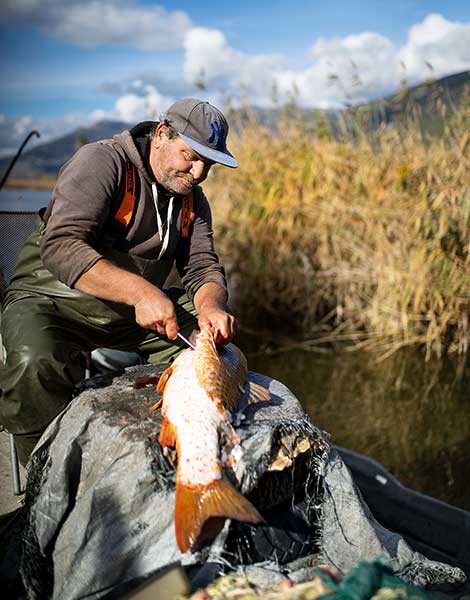
© Dimitris Tosidis
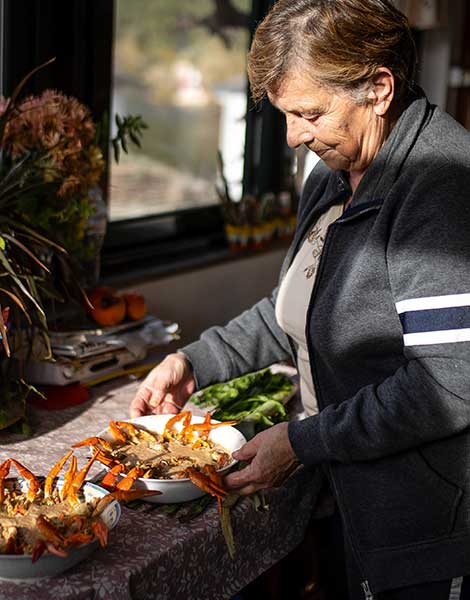
© Dimitris Tosidis
Each house on the island is bequeathed to two or three children (and even more grandchildren), but only one of them can continue to live on the island at a time. Whether they want to is another matter. However, based on the many stories I heard, I came to the following conclusion: a family will only settle there if the wife grew up on the island. hey will feel confined or find it difficult to live on the island if they are not used to the hard way of life. In 1975, this led to a decline in the island’s population. Previously, the school, which closed in 2002, had forty students. Only about 70 of the island’s 150 houses are inhabited today. The rest are summer homes or are vacant due to inheritance issues. However, efforts to make houses available for rent are well underway. Despite these developments, the locals don’t seem very keen on changing their ways. They want to enjoy their peace and quiet, so they eagerly wait for the last ferry of the day to take visitors back to the mainland.
“People previously believed incorrectly that we did not need to raise the caliber of our services because the majority of visitors to the island only stayed for the day. This attitude is starting to change. It’s important that people enjoy themselves and leave with good memories of their stay on the island. But the truth is that we like to have our peace and quiet in the evenings,” says Kostas Thavmastos, a boatman who also operates a souvlaki restaurant. Souvlaki in Greece’s frog leg and eel capital, you ask? Although frogs are no longer fished in Ioannina, they are still purchased to keep the attraction alive. Eels, crayfish, and carp can still be seen in fish tanks, and pastry shops offer visitors baklava and klostari (an Epirote baklava pastry). The town’s cobbled main street is lined with jewelry and souvenir stores; the pursuit for customers continues, though thankfully less aggressively than in the past.
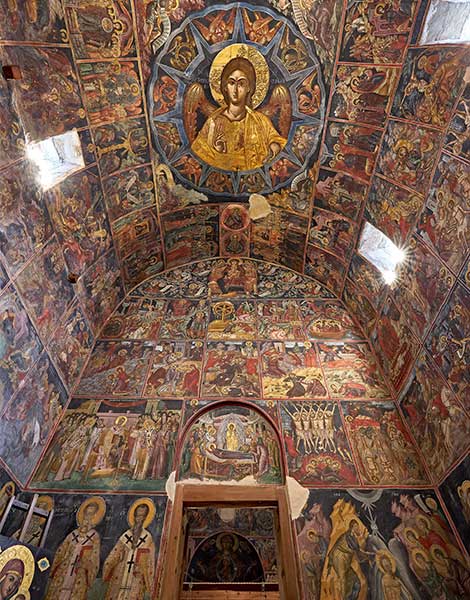
© Dimitris Tosidis
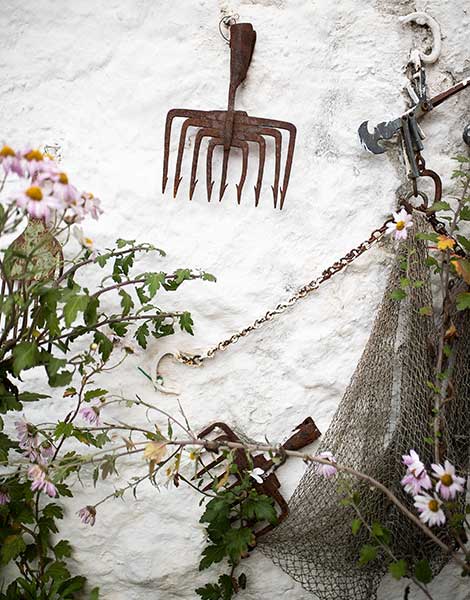
© Dimitris Tosidis
“The Key Will Be on the Door”
Popi Charatsari prepares the quintessential island dish: crayfish with garlic and walnut purée, served with a few slices of bread. “You won’t find it on any menu. Not even people from Ioannina know it. It’s a fisherman’s dish. There are no crayfish in the lake anymore, so we buy them. Another dish that is only made here is grivadi plaki (oven-cooked carp). Fortunately, there are still carp in the lake,” she tells us.
The lake itself has its own tragic story. When the nearby Lapsista Lake was drained in the 1950s, less and less water flowed into Pamvotida Lake, and eels returning from their breeding grounds in the Sargasso Sea found their way back through the Kalamas River blocked. Furthermore, construction along its coast blocked waterways that fed into the lake and destroyed the reed beds that filtered its waters. For years, sewage and heavy metals leached into the lake’s waters, turning Pamvotida into a murky bathtub. Today, according to the Management Unit of the Protected Areas of Epirus, which manages the Information Center of the Pamvotida Lake Management Body on the island, efforts are being made to reverse the situation, and the lake is in a phase of recovery.
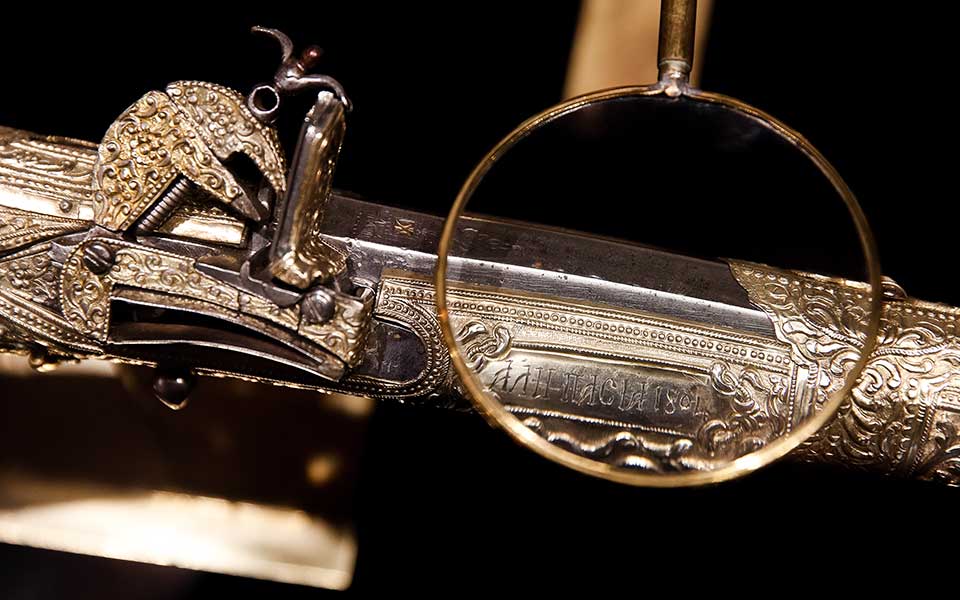
© Dimitris Tosidis
Local fisherman Tasos Charatsaris tells us that the fish population has declined considerably and talks us through the boutson (a cylindrical netting bag mounted on cones used to catch eels) fishing system. Vasiliki Ratsika tells us how she used to weave straw to make wicker covers for the buoys, while Froso Liaskou-Petsou shows us the old tools that adorn her award-winning garden, full of beautiful azaleas, pansies, and tulips: “I can get to the center of Ioannina in just three minutes. How long does it take you to get to the center of Athens?” she quips.
The last visitors leave the island around 6 p.m., when it starts to get dark. The town’s whitewashed alleys are completely quiet. The sound of a bouzouki can be heard from a distance, as the island’s inhabitants gather around woodburning stoves, undeterred by the extreme humidity, which frequently reaches 100%. At the house of Rena and city councilman Nikos Siorokas, where we had the pleasure of staying overnight, we sit around the fireplace talking about their life on the island. “I wouldn’t change the island for anything in the world,” says Nikos, echoing a sentiment we’ve heard dozens of times. This unusual kind of isolation, being surrounded by water while being so close to the heart of a city, seems to work for the locals. Rena bids us goodnight with another phrase we’ve heard many times here: ”Feel free to come and go as you please. The key will be on the door.”

